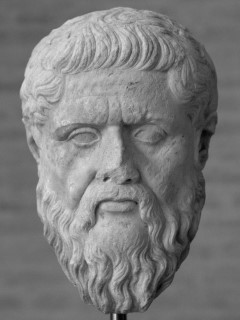
Publication details
Publisher: Springer
Place: Berlin
Year: 1992
Pages: 97-116
Series: Boston Studies in the Philosophy of Science
ISBN (Hardback): 9789401050975
Full citation:
, "Equivalence, pragmatic Platonism, and discovery of the calculus", in: The invention of physical science, Berlin, Springer, 1992


Equivalence, pragmatic Platonism, and discovery of the calculus
pp. 97-116
in: Mary J. Nye, Joan L. Richards, Roger H. Stuewer (eds), The invention of physical science, Berlin, Springer, 1992Abstract
The Newton-Leibniz discovery of the differential and integral calculus in the latter half of the seventeenth century is a classic example of a multiple scientific discovery. It is a Mertonian doublet.2 The meaning of the simultaneous construction of Newtonian fluxions and Leibnizian infinitesimals continues to haunt the historical consciousness — not the least because with the complacent wisdom of hindsight these two formalisms can be regarded as "equivalent" versions of the calculus. The central aim of this paper is to discuss how logically equivalent formalisms are non-equivalent in practice, and to sketch how this can have surprising consequences for the history of mathematics.
Cited authors
Publication details
Publisher: Springer
Place: Berlin
Year: 1992
Pages: 97-116
Series: Boston Studies in the Philosophy of Science
ISBN (Hardback): 9789401050975
Full citation:
, "Equivalence, pragmatic Platonism, and discovery of the calculus", in: The invention of physical science, Berlin, Springer, 1992


